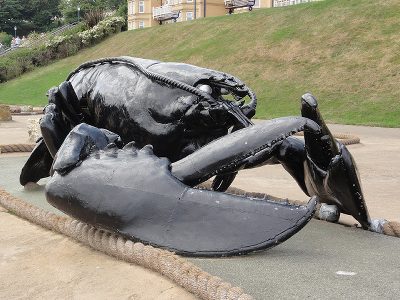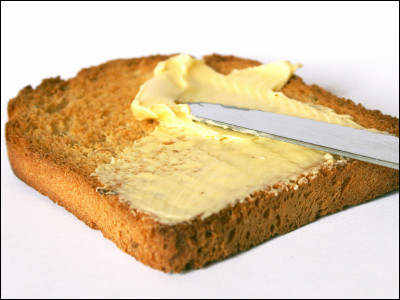Is foie gras really produced in a ``cruel way''? A movie depicting the actual situation of foie gras farmers is now available

by
Foie gras , a French food ingredient, has many opponents who argue that its production methods are cruel, making it a subject of debate. ``Is foie gras really produced in a cruel way?'' ``What kind of discussion is going on?'' A documentary movie that follows the actual situation of foie gras farmers and the people around them has been released.
Foie Gras: America's Most Controversial Food - YouTube
Foie gras is the most controversial food in America right now.

The way it sizzles on the frying pan is very appetizing.
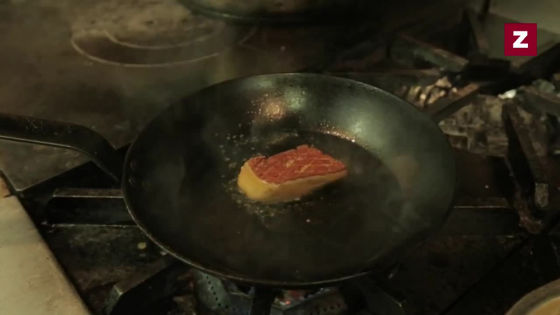
Foie gras is originally one of the ingredients of French cooking, and is one of the world's top three delicacies, but the production method of raising geese and ducks through force-feeding (gavage) has become the subject of debate, and the production and sale of foie gras has been banned in the European Union. There was also some movement.
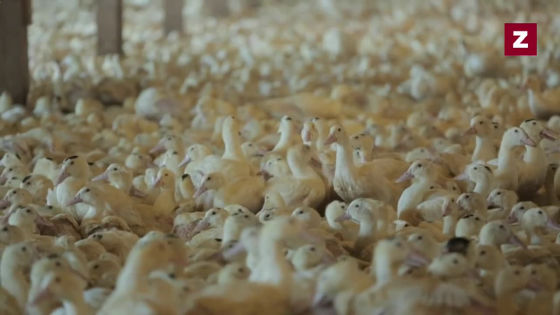
The debate over foie gras in America started in California. When California enacted a law banning the provision of foie gras in 2005, debate quickly spread across the country, and now multiple states have banned the production and provision of foie gras. However, California has since repealed the law and resumed serving foie gras.
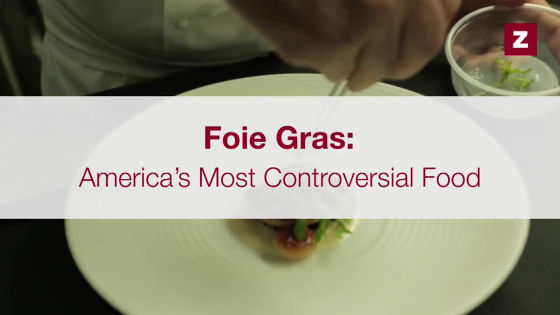
Raw foie gras looks like this.

In states where the ban on foie gras was lifted, chefs were happy to cook it. By using foie gras, chefs can realize various techniques and ideas and create a variety of flavors, so the situation where the ingredient ``foie gras'', which is important in French cuisine, is prohibited seems to be quite severe.
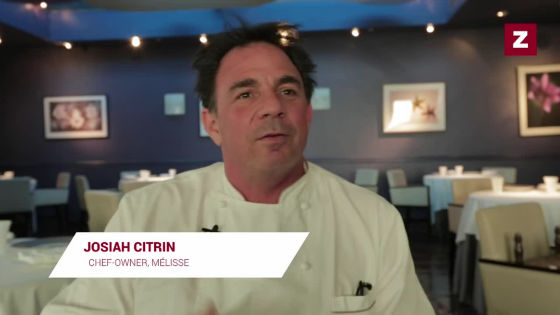
The location has changed to an area where snow accumulates.

When you open the door labeled 'Welcome'...

There are many geese in the hut.
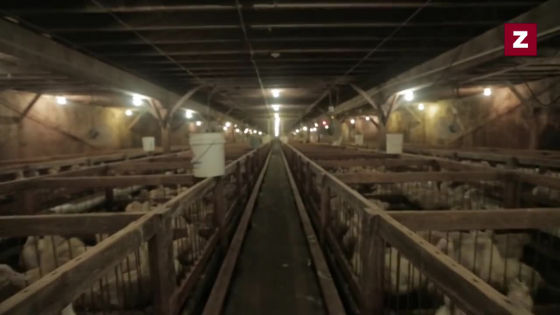
The image below shows Marcus Henry, a foie gras farmer in Hudson Valley, New York. The production method for foie gras is said to be ``cruel,'' but Mr. Henry has a contract with a farmer in Quebec, where he carefully raises the geese that are born there.
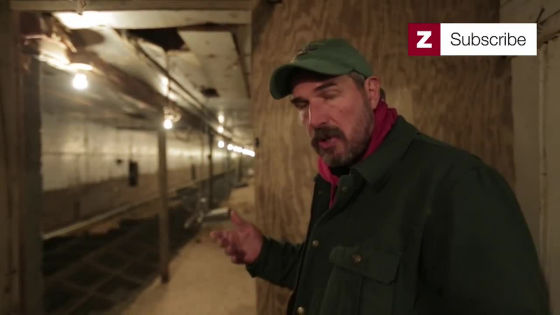
Goose chicks are raised separately, male and female.
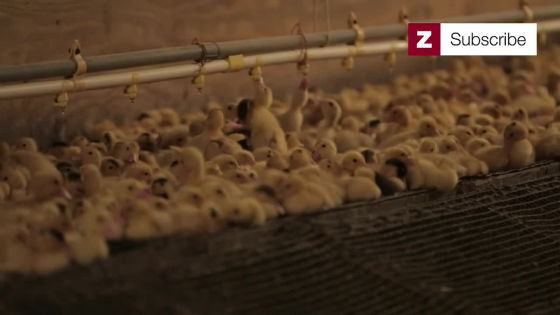
The temperature inside the farm is maintained at around 32 degrees Celsius, and the geese chicks are kept in a warm room for four weeks in a safe and well-organized environment.

In addition, chef Jenny Chamberlain said that she toured the farm directly before using foie gras as an ingredient. We cook the foie gras after confirming with our own eyes that the production methods used at the farm are safe.
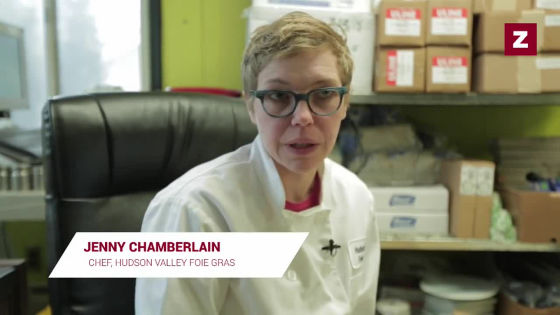
Henry says that much of the controversy surrounding foie gras stems from the fact that people have never been to a foie gras farm. There are only two foie gras farms in America, and it is difficult to tour them.
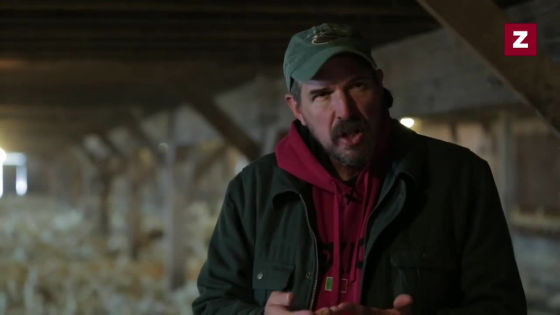
After four weeks, the baby geese are moved to another location and fed normally for up to nine weeks until they are fully grown.
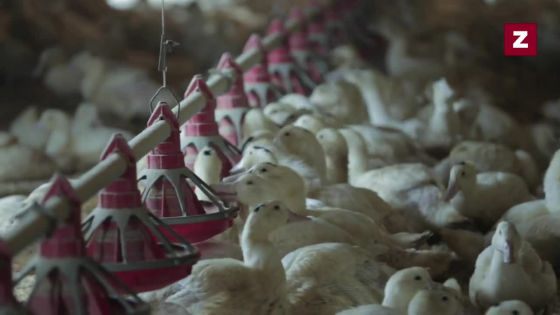
It is clear that foie gras farmers respect animals, but for animal protection organizations, ``respecting animals'' is not important. For them, the method of force-feeding itself is fundamentally ``cruel.''
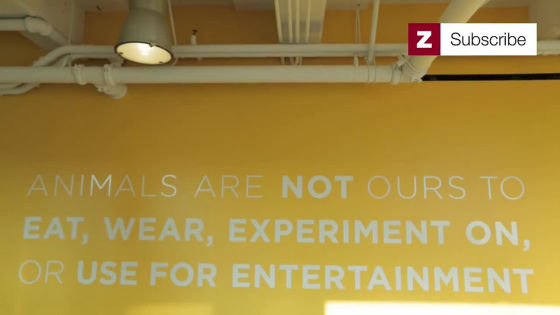
Three times a day, the geese are forced to eat grain with metal pipes forced into their mouths until their livers are large enough. 'The goose's liver grows to about 10 times its normal size, putting pressure on other organs and making it impossible to breathe.'

Anthony Pirny,
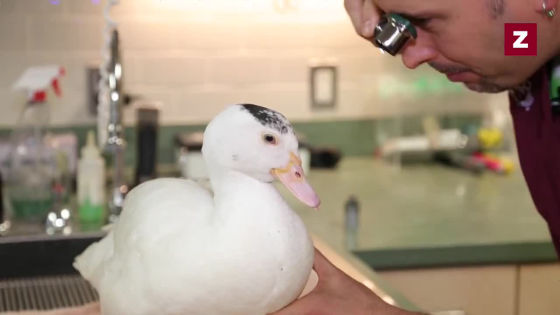
``However, of course there are cases of force-feeding birds other than geese. When the birds stop eating, I force-feed them, but while I was feeding them, I realized that my actions were cruel. 'You wouldn't think so. But if geese could talk, they would say, ``I don't want to be force-fed.''
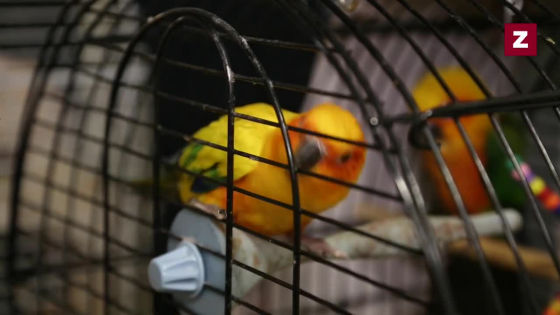
The actual forced feeding is as follows. Grab the goose by the head and place a long metal pipe into its mouth.
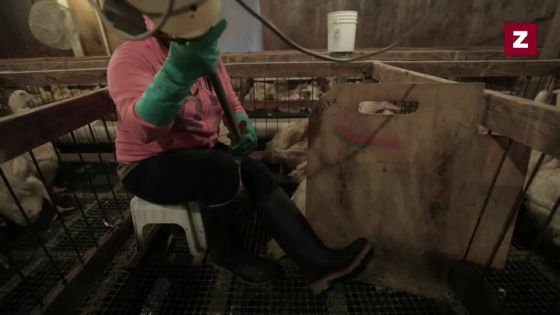
Just stick the pipe into the back of the goose's throat.
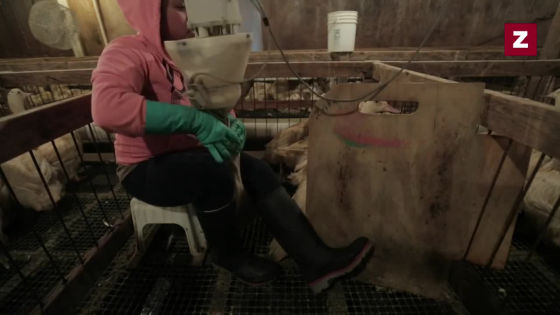
Food is put into a container attached to the top of the pipe, and the geese are forced to feed, but the geese do not become particularly violent.

Once the geese were fed, they were released and walked off, seemingly unfazed.
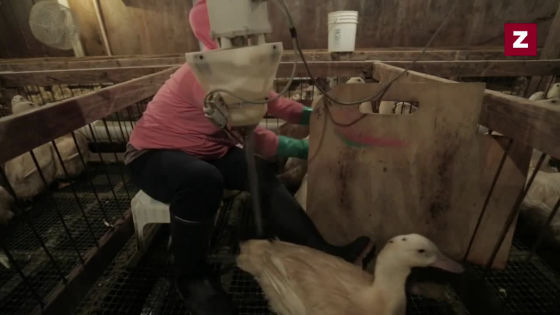
A group of geese is fed by a certain person, and a relationship is established between the geese and the people. We are not feeding them mechanically.
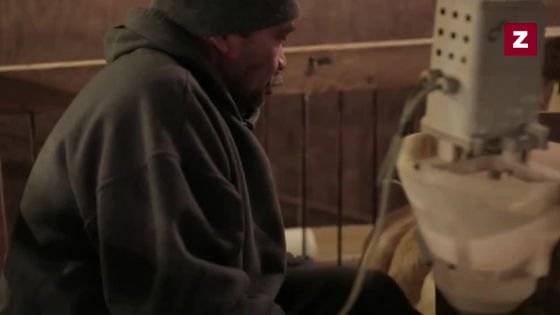
Pilny, a veterinarian, commented, ``In the field of food production, we need to take into account that if livestock are damaged, the value of the product will decrease and the business will no longer be viable.'' Henry, a foie gras farmer, also emphasized that ``We raise the geese using natural methods and do not harm them.'' However, one of the worries of American foie gras farmers is that there are only two foie gras farmers in the United States, so they are easily attacked by opponents.
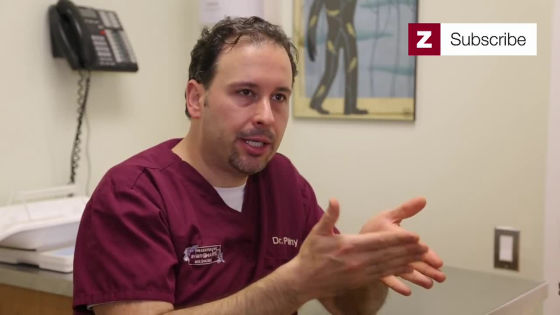
On the other hand, even after explaining the above points, there are many people who say that ``foie gras is the cruelest way to use living things''.

It seems that many people who are against foie gras are vegetarians.
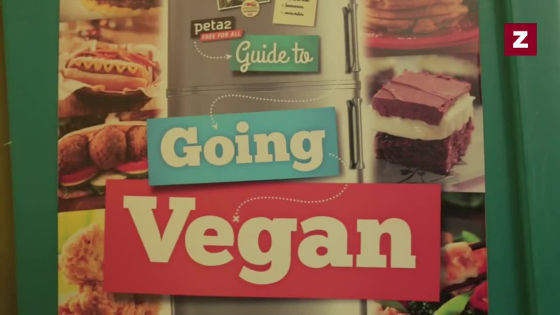
Ryan Collin

Foie gras was legalized in California in 2015, and many restaurants now serve it. When asked, ``Has the foie gras ban achieved anything?'' some said, ``Nothing. In fact, it's more popular than before.'' There were also positive comments that it was a good opportunity to think about whether we should eat food.
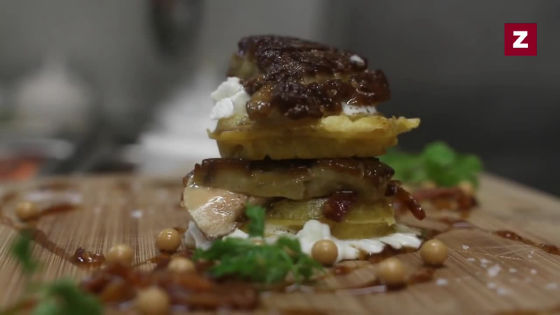
Related Posts:
